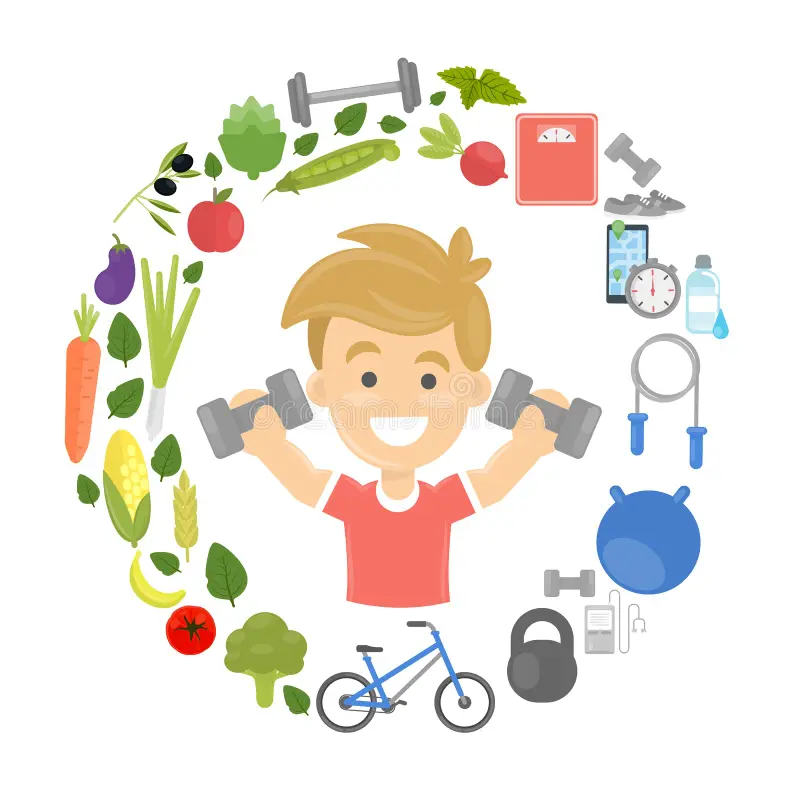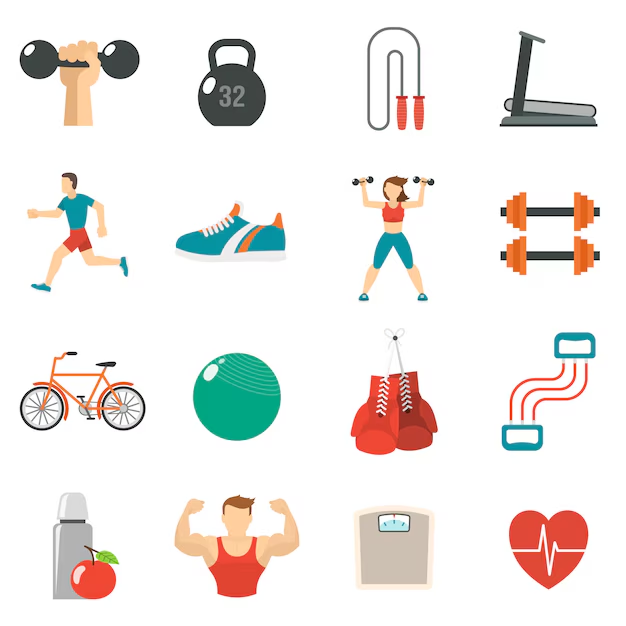The Science Behind Weight Loss: Tips and Tricks

Updated at: 2023-08-05 22:39:34 (2 years ago by Melkisedeck Leon Shine)
The Science Behind Weight Loss: Tips and Tricks
Are you ready to embark on a journey towards a healthier and fitter you? Well, you've come to the right place! As AckySHINE, I am here to share with you the science behind weight loss and provide you with some tried and tested tips and tricks to help you achieve your goals. So, let's dive right in!
-
🥦 Eat a balanced diet: It's essential to fuel your body with nutritious foods that provide you with the energy you need. Incorporate plenty of fruits, vegetables, lean proteins, and whole grains into your meals.
-
🚰 Stay hydrated: Water not only keeps you hydrated but can also help curb your appetite. Aim to drink at least 8 glasses of water a day to support your weight loss journey.
-
🏋️♀️ Incorporate exercise: Engaging in regular physical activity is crucial for weight loss. It helps to burn calories, increase metabolism, and build muscle mass. Find activities you enjoy, whether it's dancing, cycling, or swimming, and make them a part of your routine.
-
🍽 Practice portion control: Pay attention to the serving sizes of your meals. Use smaller plates to trick your mind into thinking you're eating more, and listen to your body's signals of fullness.
-
🥗 Include fiber-rich foods: Foods high in fiber, such as vegetables, fruits, and whole grains, can help you feel fuller for longer and prevent overeating.
-
🍽 Mindful eating: Slow down and savor each bite. When you eat mindfully, you are more in tune with your body's hunger and fullness cues.
-
💤 Prioritize sleep: Getting enough quality sleep is essential for weight loss. Lack of sleep can disrupt your hormones and lead to cravings for unhealthy foods.
-
🍎 Snack smart: Choose healthy snack options such as nuts, yogurt, or fruits instead of reaching for sugary or processed snacks.
-
🏃♀️ Move more: Incorporate physical activity into your daily routine by taking the stairs instead of the elevator, walking or cycling to work, or simply going for a brisk walk during your lunch break.
-
📝 Keep a food journal: Tracking what you eat can help you become more aware of your eating habits and identify areas for improvement.
-
🍽 Plan your meals: Plan your meals in advance to avoid making impulsive food choices. This allows you to make healthier choices and stay on track with your weight loss goals.
-
🥦 Prepare your own meals: By cooking your meals at home, you have control over the ingredients and portion sizes, making it easier to make healthier choices.
-
🥗 Fill up on veggies: Incorporate more vegetables into your meals as they are low in calories and high in nutrients. They can help you feel satisfied without consuming excess calories.
-
🏋️♂️ Strength training: Don't neglect strength training in your exercise routine. Building muscle can help increase your metabolism and burn more calories even at rest.
-
🥦 Seek professional guidance: If you're struggling with weight loss, consider seeking advice from a registered dietitian or a certified personal trainer who can provide personalized guidance and support.
Remember, weight loss is a journey that requires patience and consistency. It's important to focus on making sustainable changes to your lifestyle rather than resorting to quick fixes. As AckySHINE, I recommend embracing a positive mindset, celebrating small victories, and enjoying the process of becoming a healthier and happier version of yourself.
Now, I would love to hear from you! What are your favorite weight loss tips and tricks? Share them in the comments below!




